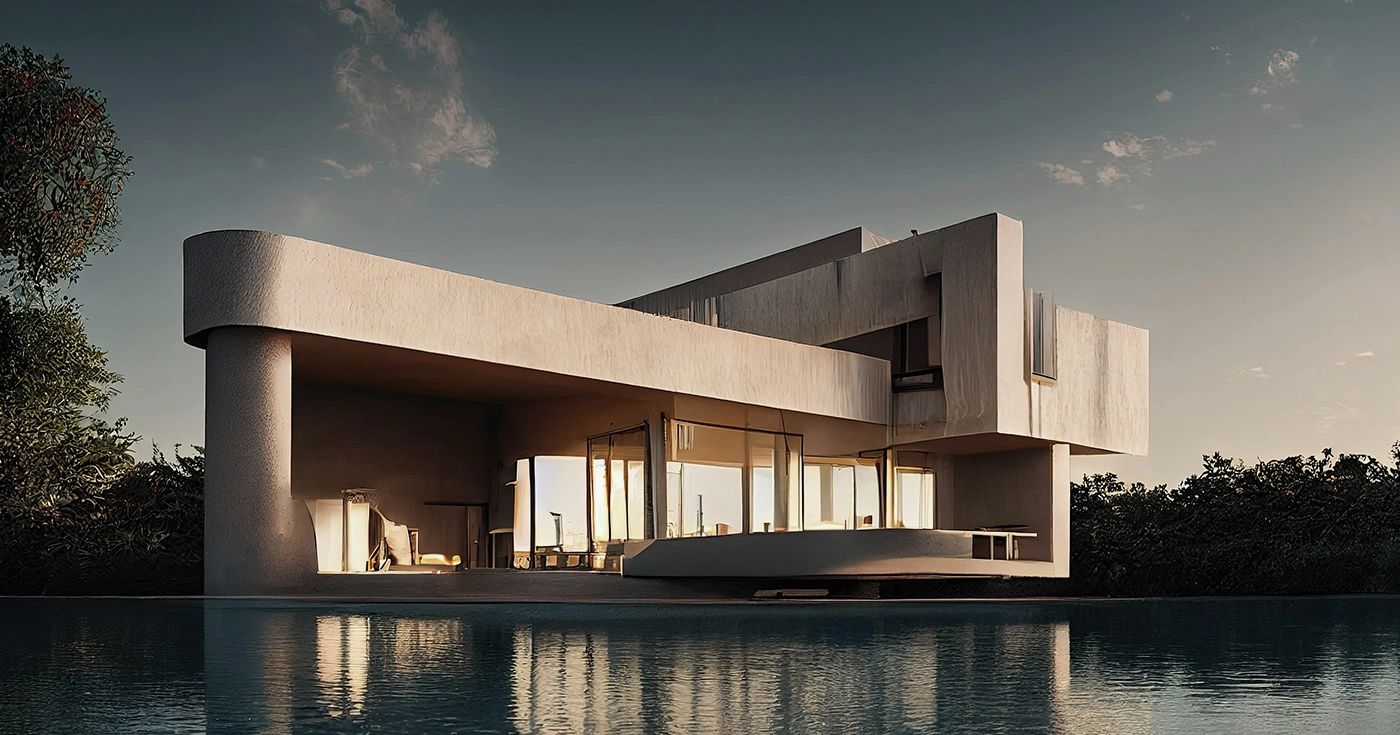
Boom in luxury real estate auctions in Europe
Last Updated on 10 September 2025 by Equipo Urbanitae
The luxury housing sector is currently undergoing a profound transformation, driven by the way investors adjust their strategies and priorities, as well as by the development of new digital tools that facilitate and accelerate buying and selling operations, creating a more dynamic, competitive, and constantly evolving market. This is happening in the context of a real estate boom: 2024 closed with 10% more transactions than the previous year, and 2025 is reaching levels not seen since the housing bubble. According to the Land Registry Association, between the first quarter of 2024 and the first quarter of 2025, 667,058 transactions were recorded, confirming the intensity of the current activity cycle.
However, beyond the volume, what truly marks a turning point is the how. Investors are no longer focusing solely on traditional assets and are seeking more versatile models that allow them to maximize returns in an increasingly competitive and digitalized environment. As highlighted in the European Real Estate Market Outlook 2025 by consultancy CBRE, this more “creative” approach responds to the objective of achieving higher returns before prices fully stabilize in the market.
This situation is forcing a rethinking not only of management strategies but also of the very sales channels. Methods once reserved for urgent situations, such as auctions, have become effective tools for selling prime properties within short timeframes. In fact, according to the Luxury Real Estate Auction Market Report by Market Growth Reports, more than 27,000 luxury properties worldwide were sold via auction in 2024, representing a 19% increase compared to 2023. The report notes that this phenomenon is particularly evident in markets such as the United States, where over 10,200 luxury homes were auctioned in 2024, but is gaining increasing importance in other markets such as Europe.
Advantages and reasons for selling luxury homes at auction
This model offers sellers predictability and liquidity within very short periods. According to Sotheby’s, auctions make it possible to close deals in just 30 days—whereas in the traditional market, the process could take years. For its part, Drouot highlights three key advantages of this system:
- The first is transparency, as the price is set openly and anonymously through a real-time bidding system that accurately reflects true market interest.
- The second is reliability, since the entire process is supervised by specialized professionals who provide legal certainty and expert advice to both buyers and sellers.
- The third is speed. As Sotheby’s also points out, transactions can be closed in less than an hour, without lengthy negotiations. This speed and liquidity align with one of the trends identified in PwC’s report Real Estate Market Trends in Europe 2025: liquidity is seen as key in a period of relative instability in financial markets, where it may be necessary to liquidate assets quickly—making auctions highly relevant.
Although this new sales mechanism is very advantageous for both parties, certain challenges remain. According to Market Growth Reports, in 2024, 12% of transactions faced post-sale disputes regarding undisclosed property issues. Another important factor is regulatory ambiguity across international borders: 21% of international auction offers experienced delays due to cross-border title verification and jurisdictional authorization issues.
The case of Paris in the transformation of the luxury housing sector
According to a Savills survey of international investors managing more than €800 billion in assets, France ranks among the most attractive destinations for investment in Europe, behind only Spain and the United Kingdom. These results reflect a mature and professional sector, where investors can trust in the security and transparency of their operations.
In Paris and its metropolitan region, dynamism continues, as confirmed by the Chambre des Notaires de Paris, which recorded 29,910 existing-home sales in Île-de-France between March and May 2025—a 15% increase compared to the same period the previous year. Among these transactions, new models such as auctions are emerging—a mechanism that not only introduces greater transparency and competitiveness in price-setting but also attracts a more diverse buyer profile, ranging from international investors seeking quick opportunities to individuals interested in accessing homes that would otherwise remain out of reach.
One example was the July 2025 sale of Karl Lagerfeld’s iconic villa in Louveciennes, on the outskirts of Paris, for €4.7 million, via a traditional candle auction—a French modality where the closing is determined by the burning time of two small candles lit during bidding.
These operations are not isolated cases but rather constitute a trend already adopted by some of the world’s most prestigious real estate agencies. Evidence of this can be seen in Drouot.immo and Sotheby’s Concierge Auctions, which are positioning auctions as a premium experience, while the market adapts to a more global and competitive digital environment.
Beyond auctions: investing in real estate online Is also possible
Investing in property online is not limited to auctions—more and more people are choosing to invest alongside others through online platforms. A clear example is Urbanitae, the leading platform in Spain and Portugal, operating under the supervision of the CNMV and now a benchmark in the sector. Its model allows investors to participate with as little as €500, complete the entire process digitally, and transparently monitor the progress of each project—especially convenient for those who want to keep their money active without managing it directly. In 2024 alone, the company channeled more than €200 million in financing for new developments, with an average return close to 13% IRR on projects already closed.

